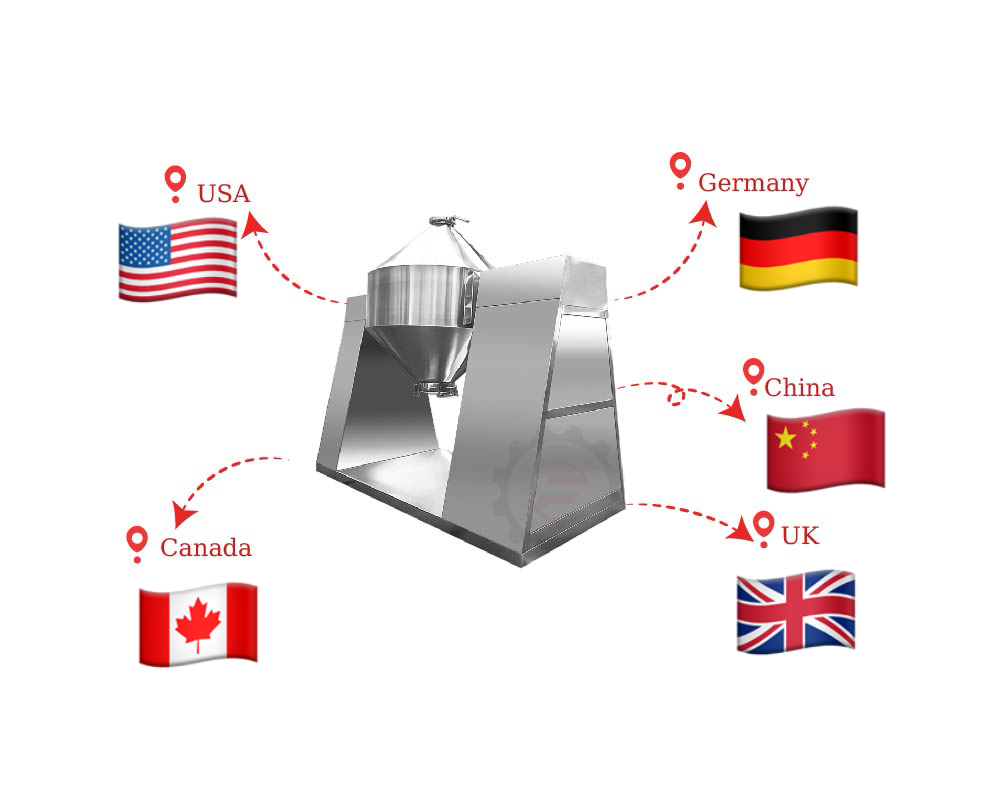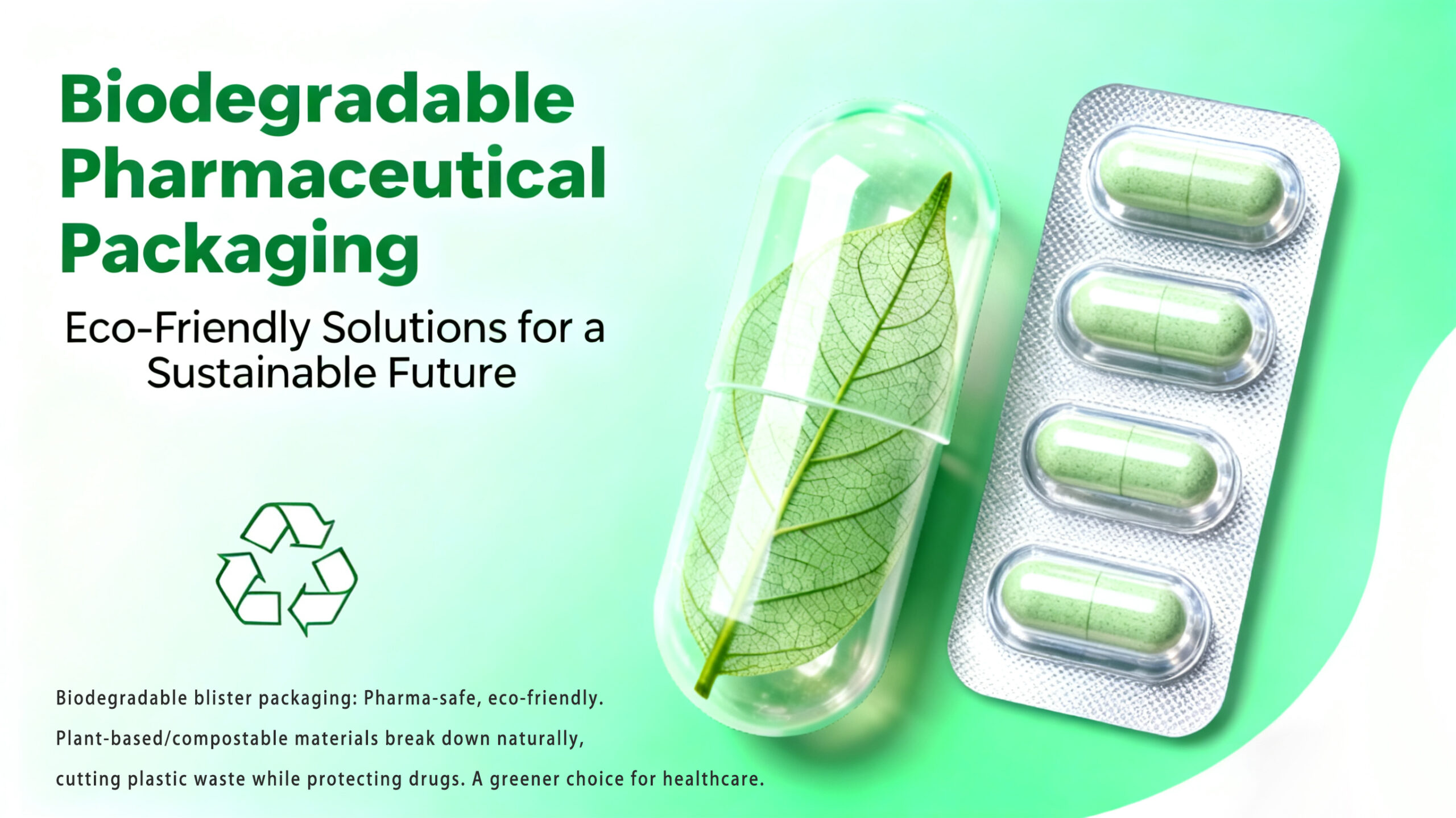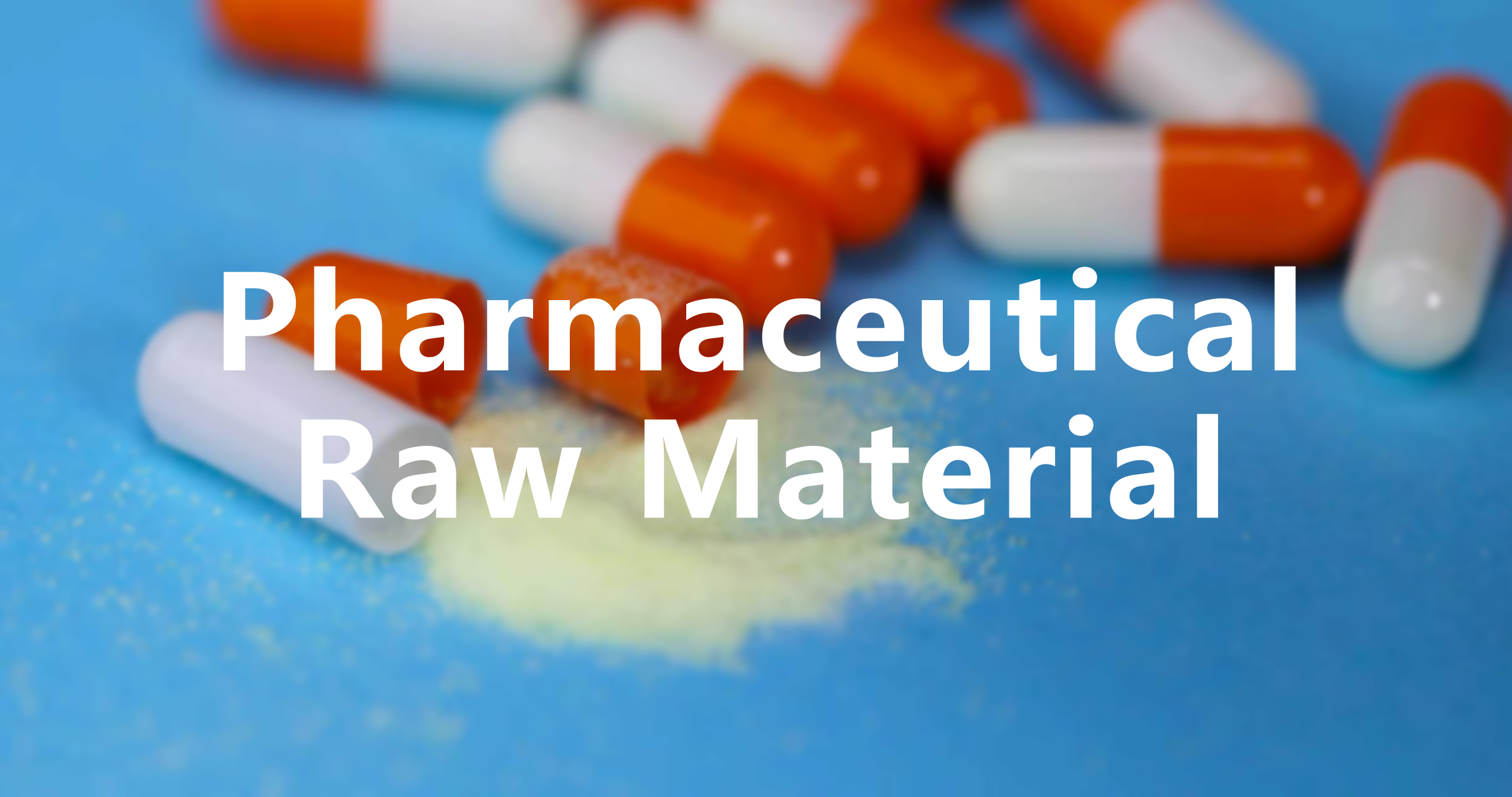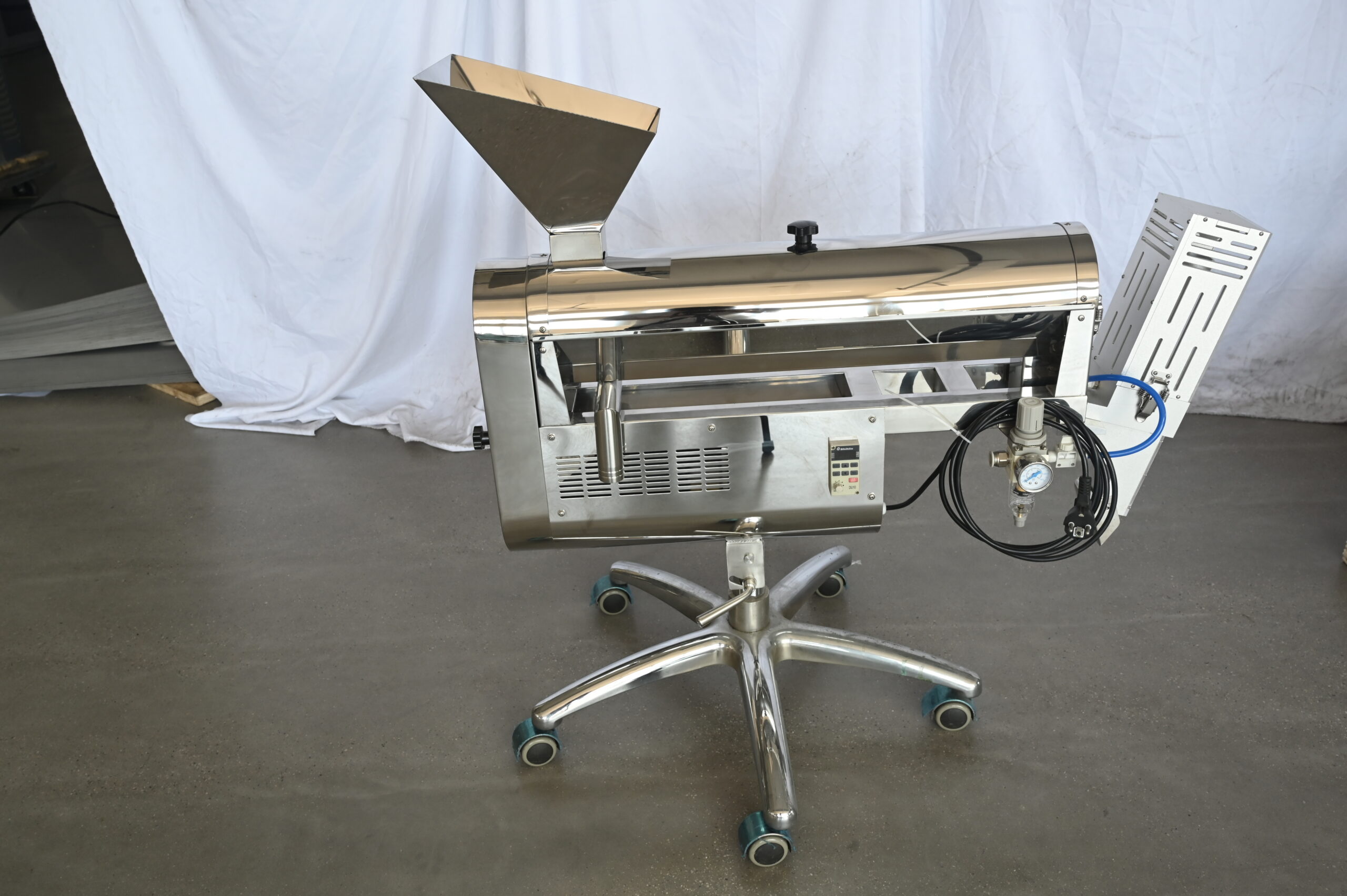When you pick up a pack of tablets, a set of batteries, or a neatly sealed gadget, you might not think about the machine that made that perfect package possible.
But behind this clean, protective seal is an impressive process called thermoforming blister packaging. This isn’t about wrapping products. It’s about precision, safety, and efficiency working together to deliver products in perfect condition.

In this article, we’ll break down what a thermoforming blister packaging machine is and how it works. By the end, you’ll see how something so simple-looking plays a massive role in keeping products ready for customers.
What Is a Thermoforming Blister Packaging Machine?
A thermoforming blister packaging machine is a type of equipment that uses heat and pressure to shape plastic sheets into clear packages that hold and protect products. The process starts with a flat plastic sheet, which is heated until it becomes soft.

This machine then shapes it into a custom mold, forming a cavity that fits the product perfectly. Once the product is placed inside, a sealing layer, such as foil or paper, is applied to close the package securely.
According to Fortune Business Insights, the global blister packaging market is expected to reach $13.62 billion by 2032. This shows the increasing demand for these machines, and it’s not going anywhere soon.
How Does a Thermoforming Blister Packaging Machine Work?
Understanding how a thermoforming blister machine works helps you see why it’s so effective for creating secure, attractive packaging. Here’s the process broken into simple steps.
Step 1: Feeding the Plastic Sheet

The process starts by loading a roll of plastic film or sheet into the machine. This is the raw material that will be shaped into blister packs.
Step 2: Heating the Plastic

The sheet passes through a heating station where it’s warmed until soft and pliable. The temperature is carefully controlled, so the plastic becomes flexible without melting.
Step 3: Forming the Blister Cavities

Once heated, the soft plastic moves over a mold. Using vacuum pressure, air pressure, or both, the machine shapes the sheet into blister cavities that match the product’s size and shape.
Step 4: Cooling and Trimming

The newly formed plastic is cooled so it holds its shape. Extra material is trimmed away, leaving only the blister cavities ready for the product.
Step 5: Cutting into Individual Packs

Finally, the blisters are cut into individual packages and sent to the next machine for loading products, sealing, and ultimately boxing.
Benefits of Using a Thermoforming Blister Packaging Machine
The features above translate into direct operational and business benefits.
1. High Efficiency and Speed:
-
Modern machines can produce hundreds of blister packs per minute, significantly outperforming manual packaging and other methods. This leads to a high return on investment (ROI) for high-volume production.
2. Superior Product Protection:
-
Blister packs create a hermetically sealed environment (especially with foil lidding).
-
Benefits: Protects products from moisture, oxygen, contamination, UV light, and physical damage. This is critical for product shelf life, sterility, and integrity.
3. Enhanced Tamper-Evidence and Safety:
-
The seal is obvious and irreversible. Any attempt to access the product visibly breaches the packaging, providing clear tamper-evidence and consumer safety.
4. Material Versatility:
-
Can process a wide range of plastic films (PVC, PET, PP, APET, PVC/PVDC) and lidding materials (foil, paper, films). This allows customization for barrier properties, clarity, and sustainability (e.g., using recyclable polymers).
5. Cost-Effectiveness:
-
Reduced Material Waste: Precise forming and cutting minimize trim waste. Roll-fed film is generally less expensive than pre-made blisters.
-
Labor Savings: High automation reduces the number of operators required per unit produced.
6. Excellent Product Presentation:
-
Blister packs offer high clarity and “see-through” appeal, showcasing the product directly to the consumer on retail shelves. The branding can be printed directly on the lidding material.
7. Dose and Unit Control:
-
Particularly beneficial for pharmaceuticals (Pill packs), it allows consumers to push out a single unit dose, improving medication adherence and convenience.
8. Data Tracking and Traceability:
-
Integrated vision systems and software allow for 100% inspection of blisters for defects, fill levels, and correct lidding. This data can be logged for quality assurance and traceability protocols.
9. Flexibility and Quick Changeover:
-
With quick-change molds and stored recipes, machines can switch between different products and pack sizes with minimal downtime, making them ideal for batch production.
Summary Table
| Feature | Primary Benefit |
| Automated Feeding & Filling | High Speed, Labor Savings, Consistency |
| Multi-Zone Heating & Forming | High-Quality Blisters, Complex Shapes, Strength |
| Precision Sealing Station | Product Protection, Tamper-Evidence, Shelf Life |
| PLC/HMI Control System | Easy Operation, Recipe Storage, Quick Changeover |
| Vision Systems & Rejection | High Quality Assurance (QA), Zero Defects, Traceability |
| Versatile Material Handling | Customization for Product Needs, Sustainability Options |
In conclusion, a thermoforming blister packaging machine is a sophisticated investment that delivers a powerful combination of speed, protection, efficiency, and compliance, making it indispensable for modern manufacturing, especially in regulated industries.
5 Types of Thermoformed Blister Packs
If you’ve ever picked up medication, batteries, or even chewing gum, you’ve probably handled a thermoformed blister pack without even realizing it. These packs may look similar, but there are several different types, including:
1. Face Seal Blister Packs

Face seal blister packs are one of the most common styles. The clear plastic blister is molded to the shape of the product and heat-sealed to a printed cardboard backing. This allows customers to clearly see the product while providing a surface for branding and product information. They are widely used for small electronics, toys, and household items.
2. Full Face Seal Blister Packs

These are a variation of the face seal design but offer more strength and tamper resistance. The plastic covers the entire front of the card, not just the product cavity, giving the packaging extra durability. This type is excellent for heavier items or products that need a stronger visual impact in stores.
3. Full Card Blister Packs

Full card blisters are sealed over the entire surface of the printed card, both front and back. This makes the packaging stronger and more protective, while keeping the product visible. It’s often used for products that might be handled frequently before purchase, reducing damage and theft risk.
4. Trapped Blister Packs

In trapped blister packs, the blister is “trapped” between two pieces of cardboard. The plastic is still visible from the front, but the double-card design makes it eco-friendly and secure. These are popular for brands looking to use less plastic while still offering a high-end look.
5. Clamshell Blister Packs

Clamshells are made from a single piece of plastic that folds onto itself, often with a hinge. They completely enclose the product and can be sealed or left reclosable. Because of their toughness and ability to be reused, they are popular for electronics, tools, and retail items that need strong protection.
Key Components of a Thermoforming Blister Packaging Machine
The key components of a thermoforming blister packaging machine are:
Forming Station: This section heats a sheet of plastic until it becomes soft and pliable. Then, it shapes the plastic into cavities that will hold the products.

Feeding Station: The feeding system ensures the products are placed precisely into each formed blister cavity. It can be manual, semi-automatic, or fully automated.

Sealing Station: Once the products are placed in the cavities, the sealing station covers them with a backing material, such as printed cardboard or aluminum foil.

Cutting Station: After sealing, the sheet of blister packs passes through the cutting station. This station trims the packages into individual units with clean edges.

Heating Station: The heating station is responsible for softening the plastic sheets before forming.

Vacuum & Pressure System: This system works in the forming stage, pulling the heated plastic tightly against the mold using vacuum suction.

Control Panel: The control panel is the brain of the machine. It allows operators to adjust temperature, forming time, sealing pressure, cutting speed, and other settings.

Difference Between Thermoforming and Cold Forming
Studies show that thermoforming technology has been a more dominant force in making blister packaging, as it had a share of 85% back in 2020. With that in mind, let’s explore the difference between thermoforming and cold forming.
| Feature | Thermoforming | Cold Forming |
| Forming Method | Uses heat to soften plastic sheets, which are then shaped into cavities using vacuum or pressure. | Uses mechanical pressure to shape aluminum-based laminate without heat. |
| Material Used | Primarily, plastic films such as PVC, PET, or PS. | Aluminum or aluminum-based laminate films. |
| Speed of Production | Generally faster. | Slower. |
| Barrier Properties | Suitable for moisture resistance, but less effective against oxygen | Excellent barrier against moisture |
| Cost | More cost-effective for high-volume packaging needs. | Higher material cost but better protection for products. |
| Common Uses | Consumer goods, food packaging, and medical devices. | Pharmaceuticals and products needing maximum shelf life. |
Applications of Thermoforming in Blister Packaging
Thermoforming is popular in many industries because it’s affordable, adaptable, and showcases products clearly. Pharmaceutical companies mostly rely on it to pack tablets, capsules, and medical devices to keep them sterile and safe.
Moreover, food brands make use of this packaging for chocolates, snacks, and ready-to-eat meals. This helps maintain freshness while making products easy to display.
And how can we forget the electronics market which utilizes this type of packaging to protect small gadgets, accessories, and batteries from shocks and damage.
Ready to Upgrade Your Packaging Game?
Thermoforming blister packaging machines offer a balance of product protection, visibility, and efficiency that few other packaging methods can match.
If you’re in pharmaceuticals, food, or consumer goods, investing in the right machine can streamline production and elevate your brand. With the right setup, you’ll not only improve packaging quality but also reduce waste and operational costs.
FAQs
1. Can the machine handle different blister sizes?
Yes, most thermoforming blister packaging machines can handle multiple blister sizes by adjusting the forming mold and settings. Some models even have quick-change tools that allow operators to switch between product sizes.
2. Why are my blisters not forming properly?
Poor blister formation often occurs due to incorrect heating temperature, uneven film thickness, or improper mold pressure. If that happens, check the heater settings and ensure the forming mold is clean and aligned.
3. How to prevent overheating?
To prevent overheating, regularly monitor the machine’s temperature control system and ensure cooling fans or water-cooling systems are working correctly. Avoid running the heater at maximum capacity for extended periods.
4. Can the modern thermoforming machine integrate with other systems?
Yes, many modern thermoforming blister packaging machines can integrate with other systems, such as cartoning machines, labeling units, and vision inspection systems. Integration helps streamline the packaging line, reduce manual handling, and improve efficiency.
Recommend Readings:
What is a Blister Packaging Machine?
DPP Series of Blister Packing Machine Introuduce?
How to Import Blister Machine from China: Your Complete Guide.
6 Common Blister Packaging Types in the Pharmaceutical Industry.




